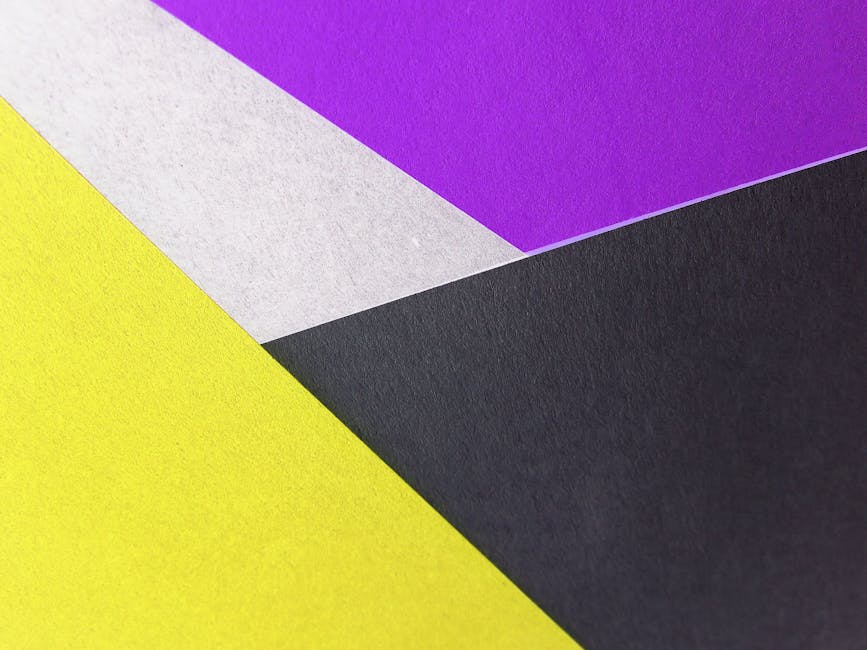The Role of Geometric Shapes in Achieving a Bold Yet Balanced Minimal Modern Look
Introduction
Minimal modern design, characterized by its simplicity, clean lines, and functionality, often leverages geometric shapes to create a bold yet balanced aesthetic. These shapes, from the humble square to the dynamic triangle, are instrumental in defining space, guiding the eye, and conveying a sense of order and sophistication. Understanding the role of geometric shapes is crucial for anyone looking to achieve a truly compelling minimalist modern look in their home or design projects.
The Power of Geometric Shapes in Minimal Modern Design
Defining Space and Structure
Geometric shapes are fundamental building blocks for creating spatial arrangements in minimal modern interiors. They bring structure and clarity to the overall design.
- Squares and Rectangles: Represent stability, order, and formality. Commonly used in furniture design (tables, sofas, shelving) and architectural elements (windows, doorways).
- Circles and Ovals: Introduce softness, flow, and a sense of continuity. Often found in lighting fixtures, mirrors, and decorative objects.
- Triangles: Add a dynamic and energetic element, suggesting movement and progress. Used sparingly to create focal points and visual interest.
Creating Visual Hierarchy and Balance
Careful placement and repetition of geometric shapes contribute to a sense of visual balance and hierarchy within the space.
- Repetition: Repeating a specific shape, such as squares in tile patterns or circular motifs in artwork, creates a sense of rhythm and harmony.
- Contrast: Juxtaposing different shapes, like a rectangular sofa against a round coffee table, introduces visual interest and prevents monotony.
- Symmetry and Asymmetry: Employing symmetrical arrangements of geometric elements offers a formal and balanced feel, while asymmetrical arrangements can create a more dynamic and modern look.
Enhancing Texture and Depth
Geometric shapes can also be used to enhance the perceived texture and depth of a space.
- Geometric Patterns: Wallpapers, textiles, and rugs featuring geometric patterns add visual texture and dimension to surfaces.
- 3D Geometric Forms: Sculptural elements and architectural features with pronounced geometric forms can create depth and visual intrigue.
- Shadow and Light: Strategic use of lighting can accentuate the geometric forms, creating interesting shadow play and enhancing the overall visual experience.
Color Palette Considerations
The effectiveness of geometric shapes is amplified by the careful selection of a complementary color palette. Minimalism often favors:
- Neutral Colors: Whites, grays, and beiges provide a clean and understated backdrop that allows the geometric forms to stand out.
- Accent Colors: Introducing pops of color through geometric-shaped accessories or artwork can add vibrancy and personality without overwhelming the space.
- Monochromatic Schemes: Using different shades of the same color family can create a sophisticated and harmonious look, emphasizing the geometric forms through subtle variations in tone.
Conclusion
Geometric shapes are powerful tools in the arsenal of a minimalist modern designer. By strategically incorporating them into the design, you can create spaces that are both visually striking and functionally efficient. Embracing the simplicity and precision of geometric forms allows you to achieve a bold yet balanced aesthetic that is both timeless and contemporary. Mastering the art of geometric shapes in design translates into a space that exudes sophistication, order, and a unique sense of style, key components of successful minimal modern design.




Post Comment